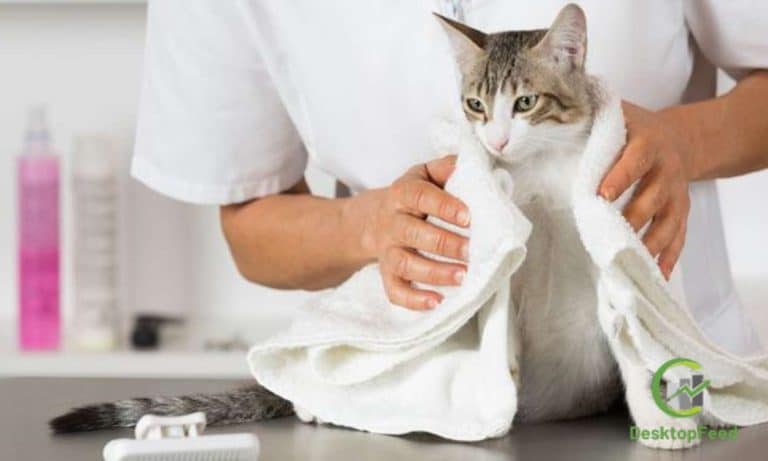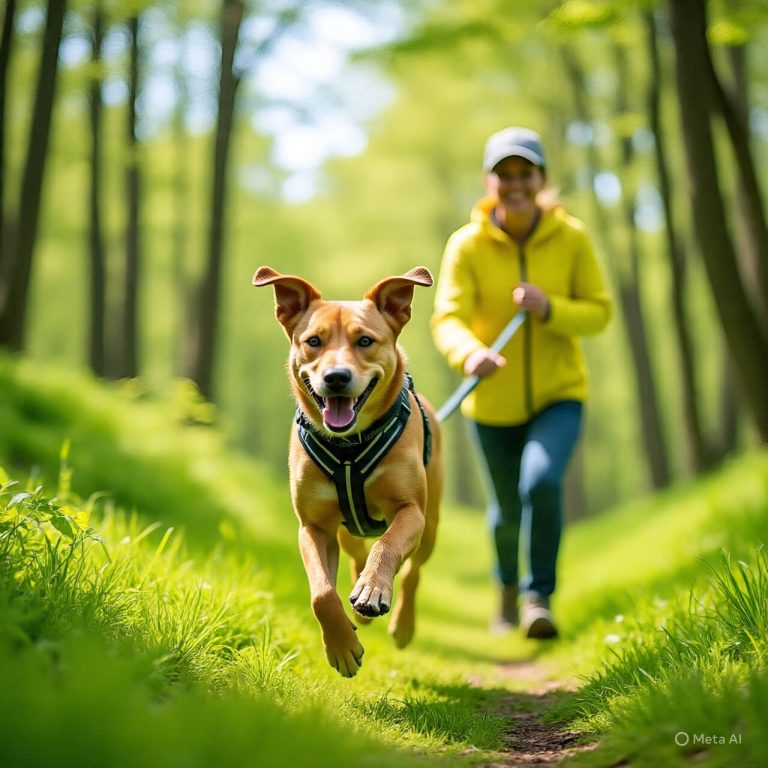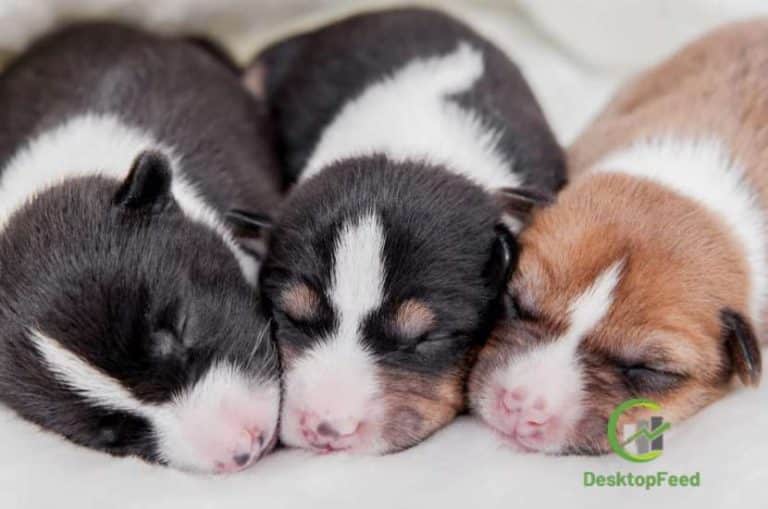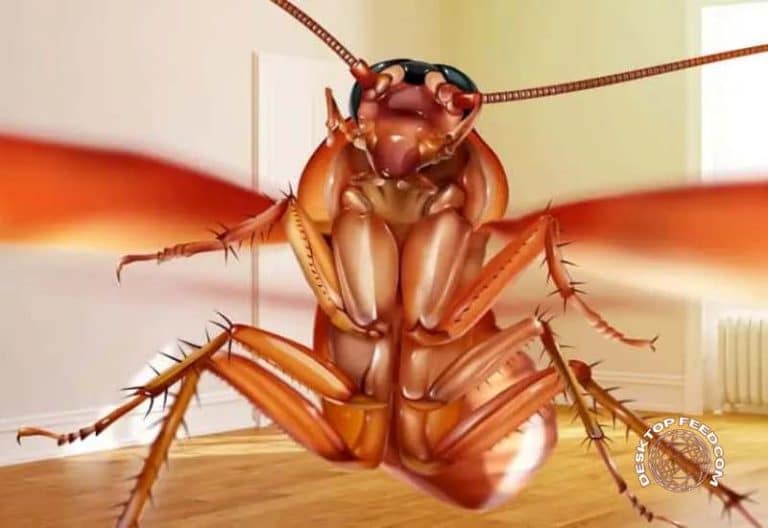Things to Consider Before Hiring a Dog Grooming Professional
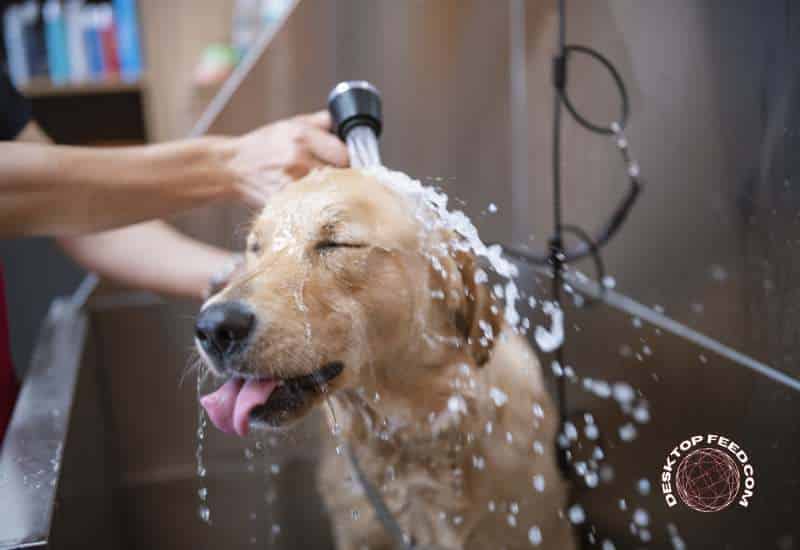
Dog grooming | A dog’s appearance can be dramatically improved through proper grooming. A skilled and professional dog groomer can make a great living off of this work. However, it is important to note that there are many things to consider before hiring a professional. These tips will help you find the best service for your dog. Before you start looking for a job, make sure you know what you’re getting into. This career field is very rewarding, and can also lead to a successful career in the future.
The Benefits of Dog Grooming
Best hygiene and smell!
Of course, one of the most obvious advantages of getting your neat dog are the benefits of hygiene. Clean and brush all that dead skin and accumulation can do wonders to the hygiene and smell of your dog. A stormy dog is enough to make any dog owner grumber, so why not take them to the groomer for a little refresh? Your nose will thank you!
Cutting nails reduce the risk of developing bad posture or bone deformations
Cut your dog’s nails is often overlooked but an essential part of your dog’s well-being. Nails growing too long can be uncomfortable for your dog to walk. They can change their posture to better accommodate longer nails. This can create more important issues if it is not treated. Arthritis, bone deformations and poor posture are just some of the evils that can occur from the length of your dog’s nails. Pro Tip – If, when you are standing, the nails touch the ground, it’s a sign they need to start them.
Healthy and shiny coats that have decreased a lot
Regardless of the breed or length of your dog’s hair, take your dog to the groomer to make you washing and brushed will help the condition and quality of their cloak. Just brush only to eliminate dead skin, dirt and everything that is hiding. It also helps to expand natural oils on their cloak, which appears brilliant and healthier.
Get rid of pulling matts
If your dog has a medium sized fur, it is very likely that they develop matts. Matts occur when the fur becomes clogged and enlaced. Left untreated these matts can grow and pull aggressively on the skin. If these are in sensitive areas or are tight, they can give a lot of harm to your dog. Brushing and regular grooming eliminate the chances of developing Matt. In some cases, your groomer may have to cut the matts.
Check and treat chips
The chips are unfortunately an inevitability that has just possess a dog. An advantage of going to a groomer is that they will be able to check the chips and their eggs. Regular washing, brushing and fur cut will help stop the growth of fleas. For a small supplement, your groomer can even have a flea treatment to help get rid of these blood suckings for good!
Early detection of any skin and health problem
If you start going to a groomer regularly, they will become familiar with your dog and if there are anomalies. These could include bumps and pieces that you may have missed during a brushing session. Detect these problems early is essential for stopping the propagation of any serious condition.
Reduces the chances of ear infections
Getting rid of the Gunk and accumulation in your dog’s ears is important in preventing ear infections. In addition to this, your groomer will be able to cut one of the long parts of the hair that can cause other problems. Ear infections are one of the main causes of dog deafness, so that the ears verified regularly will help maintain their hearing for many years to come.
Steps and facts about dog grooming
- The first step in dog grooming is nail trimming. If you have never trimmed a dog’s nails before, you will quickly learn how challenging it can be. A neglected dog’s paws are prone to breaking, quicking, and overgrowth. It is also important to cut the nails at the correct length to prevent bleeding. A poorly trained or uncooperative pet may need an internal expression. In addition to proper grooming, dogs require physical exercise to keep them healthy and happy.
- The second step is to wash your dog. The right shampoo and conditioner will protect their skin from irritation. Moreover, regular grooming sessions will help you maintain the skin’s health. Your dog’s anal glands are small sacs that naturally express when your dog bowels or is frightened. While it may not be necessary to brush your dog daily, regular cleaning will help ensure that your pet has the perfect skin.
- Anal glands are sacs found inside your dog’s anus. They express when your dog is bowel-moving, and when you are afraid of it. When you’re grooming a feisty or poorly-trained dog, you have to be calm and collected. Aside from being mentally and emotionally, dog grooming is a physical endeavor. Besides lifting and carrying heavy objects, it also requires you to engage in some physical tasks.
- A dog groomer needs to be patient and a good attitude. The dog will sense how you’re feeling, and will feel it through their actions. Be calm and consistent. Yeast can cause hot spots. When it forms on your dog’s anus, it can be very uncomfortable for your pet. The skin becomes dry and flaky, and clippers can catch on it. If you’re not patient, your dog will become stressed.
- A dog groomer should be gentle with dogs. A feisty dog will have no problem with your patience, but a poorly-trained dog will have a difficult time. Likewise, a well-groomed dog will have an excellent coat. A professional dog groomer should be patient and kind to the dog. If your pup is uncooperative, it will need extra time to finish grooming. This is the best way to ensure your dog has a great coat.
Why Dog Grooming at Home is Important
- Keeping Your Dog’s Health in Check
- Maintaining a Clean Home
- Bonding with Your Best Friend
Professional Dog Grooming Supplies You Need In Your Grooming
- A Grooming Table
- A Bathing Station
- Shampoo and Conditioner
- Ear and Eye Cleaning Kit
- Brushes and Combs
- Grooming Shears
- A Stripping Knife
- Dental Supplies
Dog grooming at home Tips (What to do)
- Get the right tools: Mentors listed above will help you guide you for the purchase of right nail cutters, a styptic powder used to stop bleeding nails such as Kwik Stop, teeth cleaning tools, brushes , wide and fine toothant combs, shampoos, and even dryers if necessary. They can also help you learn suitable tables used for grooming and even a grooming arm that will hold your puppy in place.
- Use a brush for layer of your dog breed. For example, brush brushes are preferred for short-haired breeds and short-haired bristles types are preferred for long-haired breeds. Check with your professional groomer, breeder or veterinarian to make sure you use the best option before making your purchase.
- With the suitable brush for your dog’s coat, brush your Canine companion every other day (even short-haired breeds) to eliminate dirt and debris, prevent carpets, control loss and create a brilliant layer.
- Use a damp towel to wipe all dirt, mud, sand, pine needles or other exterior debris from your dog’s coat as needed.
- During your grooming session, check your dog daily for ticks or more than once a day during the tick season. Ask your veterinarian to train you on the safest method of deleting ticks. There are tools available for purchase that can help facilitate deletion. Your groomer can also be able to help you. More a tick is quickly removed from a dog, the better.
- Check the cushions of your dog regularly. Not only for cleanliness but to make sure they are not dry, cracked or injured in any way. Excessive hair can grow between your dog’s toes. It can become tangled or cause other problems. It should be cut to be even with paw pads or slightly shorter. This must be done carefully to avoid cutting your dog. Small front scissors or a small narrow mower blade should only be used after teaching appropriate procedures by your groomer, breeder or veterinary staff.
- Keep the nails of your cut dog. Your veterinarian and / or groomer can show you how to cut the nails safely. If you do not feel comfortable doing it for yourself, it’s usually a quick and inexpensive journey into a groomer or veterinarian. Some dog owners find rotating trimming a safe alternative to the mowers, but it takes longer and your dog will probably require training to tolerate this method.
- Before starting to cut nails, make sure you have easy access to a product that will stop the bleeding nail so run too short, such as a styctic pencil or cauterization powder, like Kwik Stop. The nails should be cut regularly to keep them and the fast (which supplies blood into the nail) to push too long. Regular break can help keep the fastest and reduce the chances of cutting it when you cut off the nails. If your dog has black nails, it is particularly difficult to identify where ends quickly. You may want to look for your veterinarian’s advice before trying to cut the dark nails for yourself.
- Is your dog a breed that has hair covering his eyes? If this is the case, clean with a damp cloth and keep the hair cut. Make sure the cup does not caress the hair in your dog’s eyes and irritates them.
- Wipe the interior of your dog’s ears every week with a wet cotton ball or a soft cloth. At the same time, you should take a look and feel each ear and an auditory channel. All signs of severe redness, swelling, debris or discharge (brown or yellow) or a fetid, a “yeyty” odor can be a sign of infection and requires a visit to your veterinarian. This is often noted shortly after a bath or swimming because of the accumulation of moisture. It is important to completely dry each ear after wet.
- The daily brushing of your dog’s teeth is preferable, but you should brush your dog’s teeth at least several times a week. The plate begins to build after 48 hours. You can also try to wrap your finger with gauze or toilet glove. Wipe the teeth and massage the gums. Dog dental problems can lead to other problems, including serious health problems such as heart disease, kidney disease and more. Get used to your dog for cleaning your teeth regularly. It’s good for your pet and can save you expensive dental work than dog ages.
Always use veterinarian-approved hygiene products on your dog. (What you should not do)
Do not use “human” beauty and hygiene products such as shampoo, conditioner and toothpaste on your dog. Many human toothpasses contain xylitol, which is toxic to dogs.
Avoid cutting your dog’s nails unless you have taught the appropriate technique, you feel comfortable and have appropriate dog nail mowers or a rotary mower and products to stop the bleeding. Cut too short can cause extreme pain and bleeding.
If you notice wounds, wounds, lacerations or wounds of any kind whatsoever on your dog, do not try to treat them yourself. Call or schedule an appointment with your veterinarian.
Do not attempt to clip or shave your dog’s hair with yourself without proper training. Grooming professionals have tools and knowledge for security sensitive areas. In addition, they know the grooming needs of your breed.
Keep your household scissors in the drawer where they belong. Do not attempt to cut the poison carpets from your dog yourself. A bad movement of a nervous puppy could lead to a serious injury. Often, the best way to delete a carpet uses your fingers, dog conditioner, some different types of combs and a lot of time and patience.
Do not spray your dog with non-veterinary approved perfumes such as perfume. Dogs are much more sensitive to perfume than humans and many products contain hazardous ingredients. Perfumes can cause respiratory problems for sensitive dogs.
In fresh or cold temperatures, do not bathe your dog outdoors because it can cause dangerous drops of the body temperature of your dog.
During the grooming, if you notice foreign objects in the eyes, ears, nose, mouth or tabs of your dog’s paws, do not try to remove them – Always consult a veterinarian first.
Do not try to express your dog’s anterior bags yourself. It’s better done by a groomer or veterinarian, but your veterinarian can take you in good way to do it if you are so inclined.
For More Articles Visit: DesktopFeed

